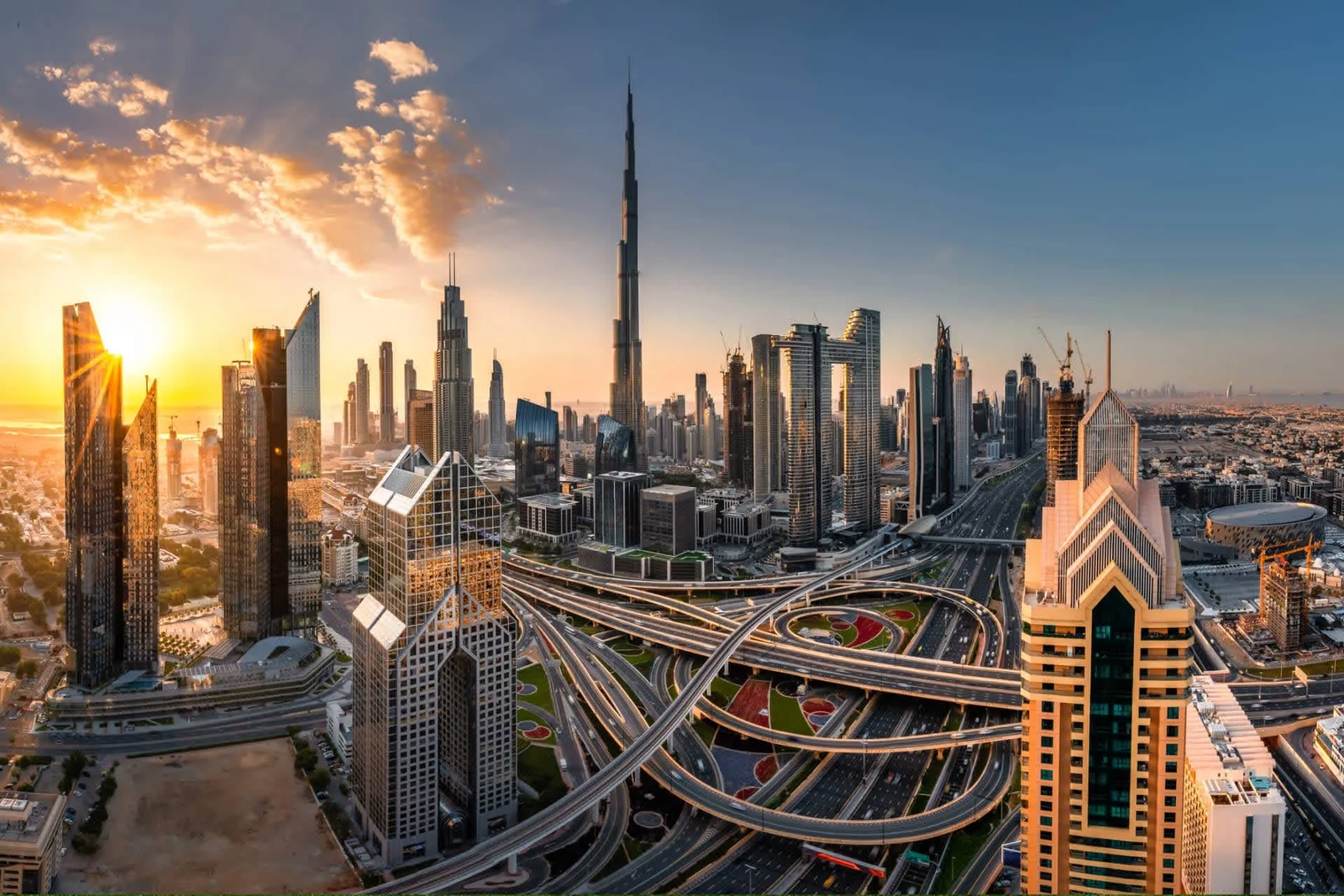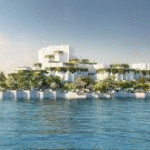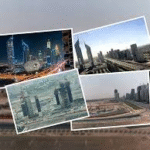Now Reading: UAE Developers Rush to Adopt BIM – Here’s Why Now 2025
-
01
UAE Developers Rush to Adopt BIM – Here’s Why Now 2025
UAE Developers Rush to Adopt BIM – Here’s Why Now 2025

The United Arab Emirates (UAE) is globally known for its futuristic skyline, luxury developments, and bold real estate projects. From the towering Burj Khalifa to smart cities like Masdar, the country continues to push the boundaries of innovation. Now, another major transformation is underway — the rise of Building Information Modeling (BIM) technology in the UAE’s real estate sector.
What Is BIM Technology?
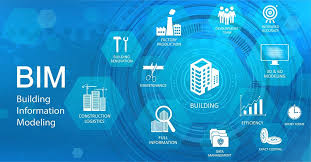
BIM stands for Building Information Modeling. It is a digital process that allows engineers, architects, and developers to create a 3D model of a building that also includes detailed information like materials, costs, timelines, and energy usage.
Unlike traditional 2D drawings or blueprints, BIM enables professionals to collaborate more effectively. It helps identify design conflicts early, reduce waste, and save time and money — all within a virtual environment.
UAE Leads the Region in BIM Adoption
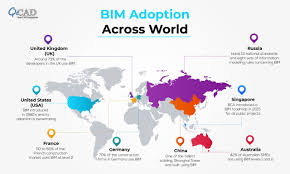
The UAE is quickly becoming a leader in BIM adoption in the Middle East. Several major construction and real estate firms have already made BIM a core part of their project planning and execution.
In 2014, Dubai Municipality made BIM mandatory for architectural and engineering firms working on complex projects. This bold move signaled the government’s commitment to modernizing the sector.
Now, BIM is not just a technical upgrade — it is becoming a business necessity.
Benefits Driving BIM Use in the UAE
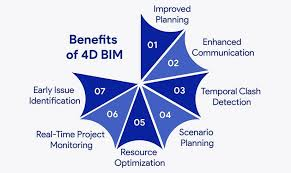
1. Faster Project Delivery
Real estate projects in the UAE are known for tight deadlines. BIM helps speed up construction timelines by providing better coordination among teams and early detection of errors in design.
2. Cost Savings
With BIM, developers can simulate real-world scenarios, helping reduce rework and unexpected expenses. Many projects report cost savings of up to 20% due to better planning.
3. Sustainability and Smart Building Design
BIM supports green building practices by allowing detailed energy analysis and material tracking. This aligns well with the UAE’s Net Zero 2050 vision and growing demand for sustainable developments.
4. Enhanced Collaboration
BIM allows all stakeholders — from architects to facility managers — to work on a shared platform. Everyone accesses the same data, reducing miscommunication and improving teamwork.
5. Lifecycle Management
Beyond design and construction, BIM also helps manage buildings after they are completed. This is especially useful for large commercial buildings, malls, and smart cities.
Big Developers Embrace BIM
Some of the UAE’s top real estate players are already using BIM on a large scale.
- Emaar Properties, the developer behind the Burj Khalifa and Dubai Mall, uses BIM to plan and execute mega-projects with greater accuracy.
- Aldar Properties in Abu Dhabi has adopted BIM for asset management and sustainability analysis.
- Nakheel, known for the Palm Jumeirah, applies BIM for infrastructure and maintenance planning.
These firms see BIM not just as a tool for designers, but as a strategic asset that drives efficiency, reduces risk, and improves profitability.
Government Support and Regulations
The UAE government has played a key role in pushing BIM adoption. Dubai’s Building Permit System now supports BIM integration, allowing for digital approvals of 3D designs.
Abu Dhabi’s Department of Municipalities and Transport (DMT) has also released BIM standards and guidelines to ensure quality and consistency across projects.
Additionally, UAE Vision 2031 and the National Innovation Strategy highlight smart infrastructure as a priority — making BIM a natural fit.
Education and Workforce Development
To support the growth of BIM, many universities and technical institutions in the UAE now offer BIM certification programs. These help train the next generation of architects, engineers, and construction managers in this powerful technology.
Local training centers and industry associations like the Chartered Institute of Building (CIOB) also host workshops and seminars to promote best practices.
Challenges and the Road Ahead
Despite its many benefits, BIM adoption is not without challenges.
- Cost of Software and Training: Smaller firms may find the initial investment in BIM tools expensive.
- Resistance to Change: Some industry professionals still prefer traditional methods and are slow to adopt digital workflows.
- Skill Gaps: There is a growing demand for skilled BIM specialists, but not enough trained professionals.
However, the long-term benefits of BIM are clear. Experts believe that as more projects demand it, BIM will soon become the new standard in UAE construction and real estate.
Conclusion
The UAE is once again setting an example in the region by embracing smart, digital-first construction methods. BIM technology is not just a trend — it is the future of real estate in the Emirates.
From improving construction quality to boosting sustainability and lowering costs, BIM is transforming how buildings are designed, built, and managed.
For developers, investors, and professionals, understanding and using BIM is no longer optional — it’s the key to staying competitive in the UAE’s fast-moving real estate market.
Read More:- Shobha Realty Launches Its Most Luxurious Project Yet—Full Details Inside 2025




